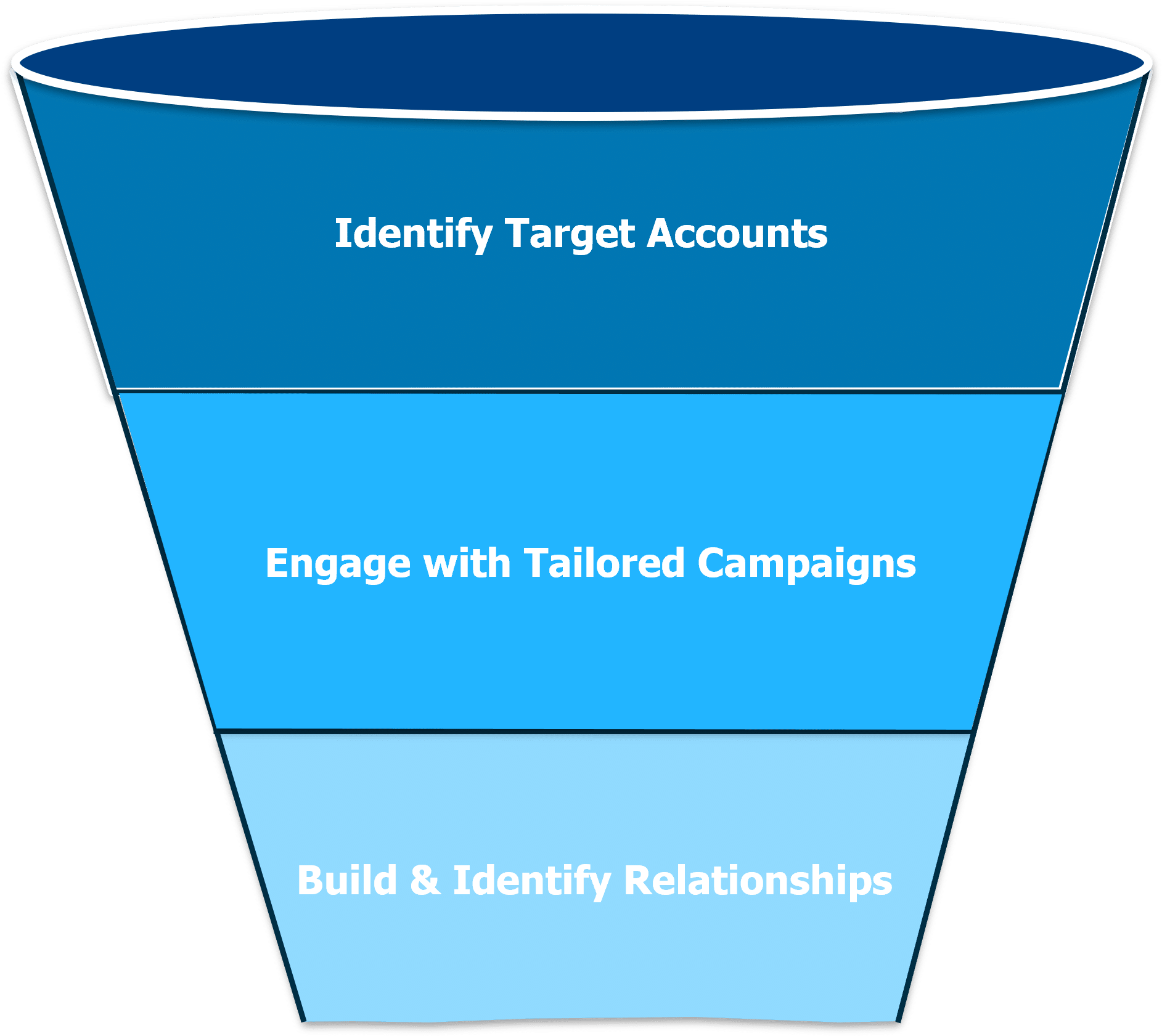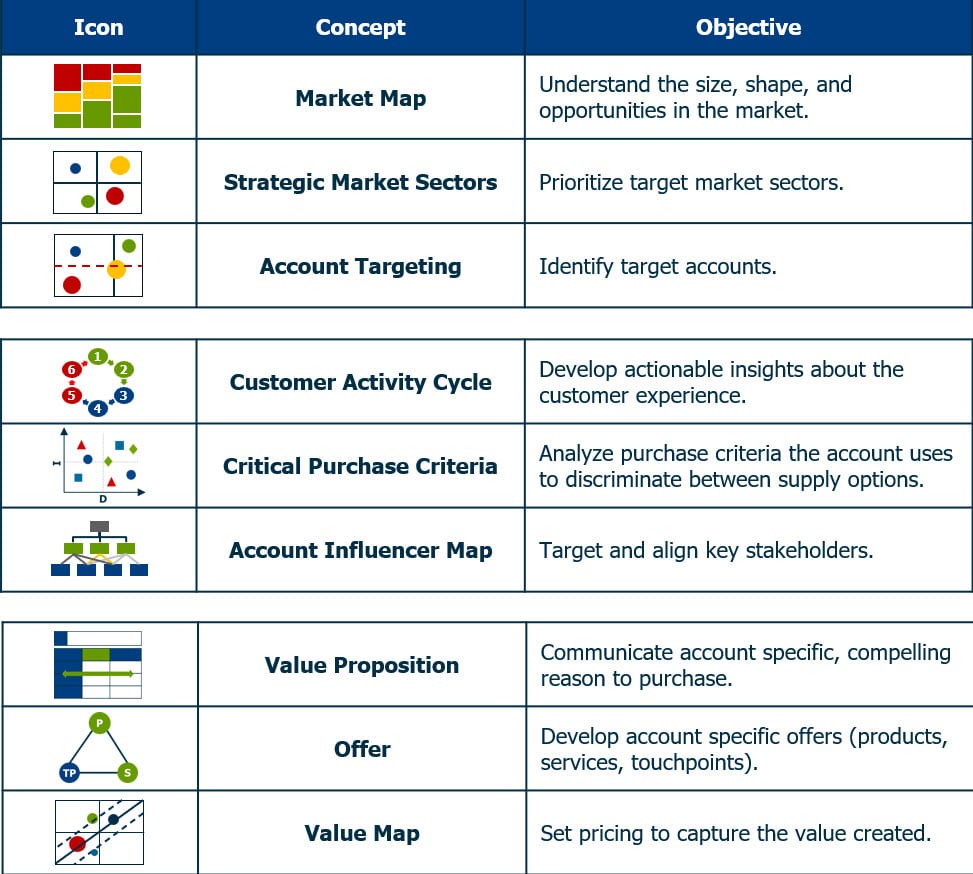Account-Based Marketing (ABM) emerged in the early 2000s, with ITSMA (Information Technology Services Marketing Association) coining the term in 2004. ABM inverts the traditional marketing funnel by targeting specific high-value accounts rather than casting a wide net. The approach aligns marketing and sales efforts toward mutual objectives, focusing resources on target accounts with the highest potential return.
ABM gained significant momentum as marketing technology evolved to support personalization at scale, transforming from a manual, resource-intensive practice to a technology-enabled strategy accessible to organizations of various sizes.


